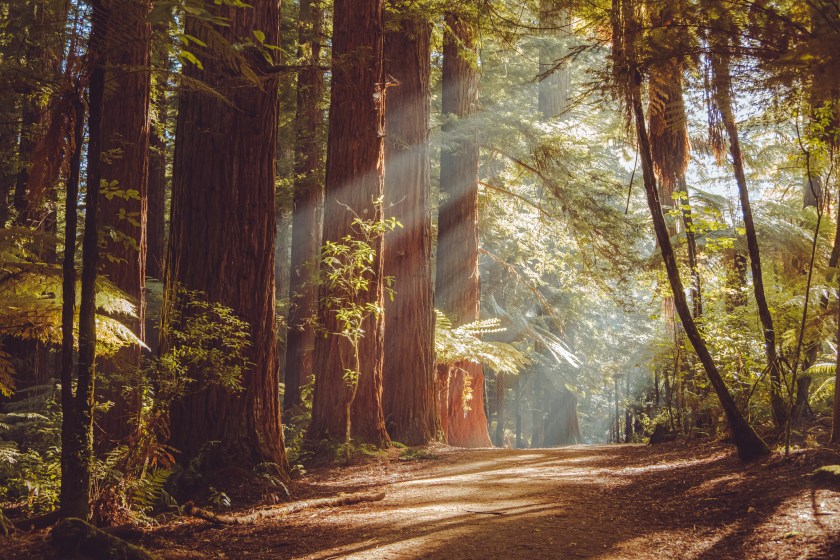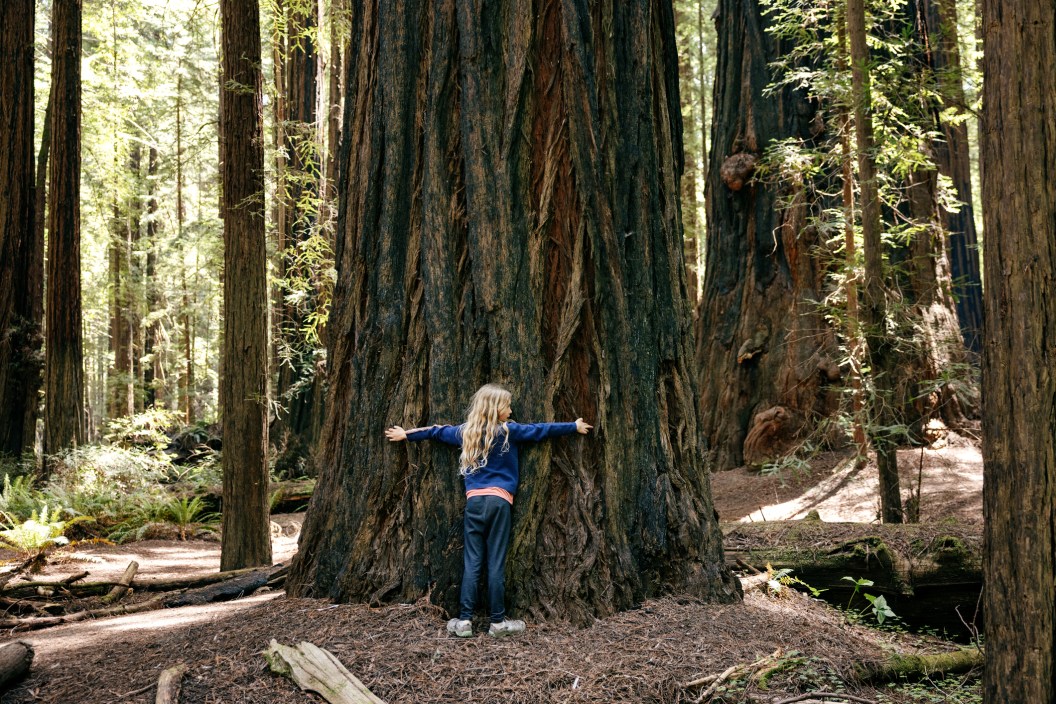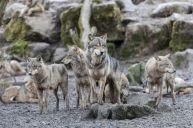Author John Steinbeck once waxed poetically of California's redwood forests: "No one has ever successfully painted or photographed a redwood tree. The feeling they produce is not transferable. From them comes silence and awe. It's not only their unbelievable stature, nor the color which seems to shift and vary under your eyes, no, they are not like any trees we know, they are ambassadors from another time."
But if the trajectory of the redwoods continues the way it has for the past thirty years, future generations may only be able to gaze upon redwoods in photographs and paintings. According to recent studies, California's redwood forests are going extinct.

Getty, Rod Hill
There are two distinct redwood species in California: the Giant sequoia redwood trees, which typically have a larger mass and a wide trunk, and coastal redwoods, which are the tallest trees and generally more slender. Giant sequoia trees grow in higher elevations in the Sierra Nevada mountains, while coastal redwood trees grow in lower elevations along the Pacific coast.
The world's only native coastal redwood forest extends more than 450 miles from central California north to southern Oregon. The future of these trees looks bleak, according to a recent study that found that the redwood forest is drying as global temperatures increase. While redwoods are considered hearty, these drying conditions reduce the trees' long-term sustainability. In California the average summer temperatures has risen three degrees since the end of the 19th century. In geospatial mapping, the highest levels of tree cover loss correspond to areas that are the warmest and driest areas of the state.
One report stated that, since 1985, California has lost more than 1,760 square miles of its tree cover. That's almost seven percent of the state's forests lost to factors including uncontrolled wildfires, climate change, and invasive species.
Wildfire is another huge contributing factor in California's redwood forest loss. Twelve of the state's largest wildfires, and 13 of the most destructive, have occurred in the past five years. That is even taking into account the relatively mild wildfire seasons of the past two years and the record-breaking rain and snowfall that ended a three-year drought this year.

Getty, LUNAMARINA
When the results of these multiple studies are pulled together, California provides a prime example of an area where climate change and human activity are rapidly transforming its biogeography. This perfect storm of contributing factors, which includes climate change, wildfires, and other threats, is noticeably affecting the vitality of the state's most iconic forests.
"We're losing them at a rate that is something that we can't sustain," Brandon Collins, adjunct forestry professor at the University of California, Berkeley, said. "If you play it out (over) the next 20 to 30 years at the same rate, it would be gone."
READ MORE: How to Apply to the Youth Conservation Corps




